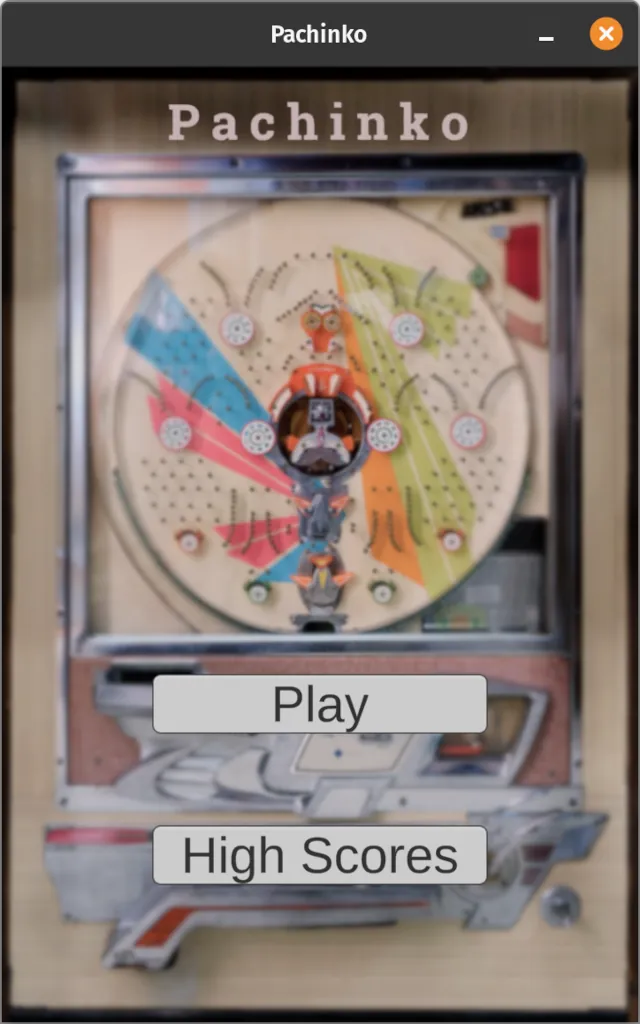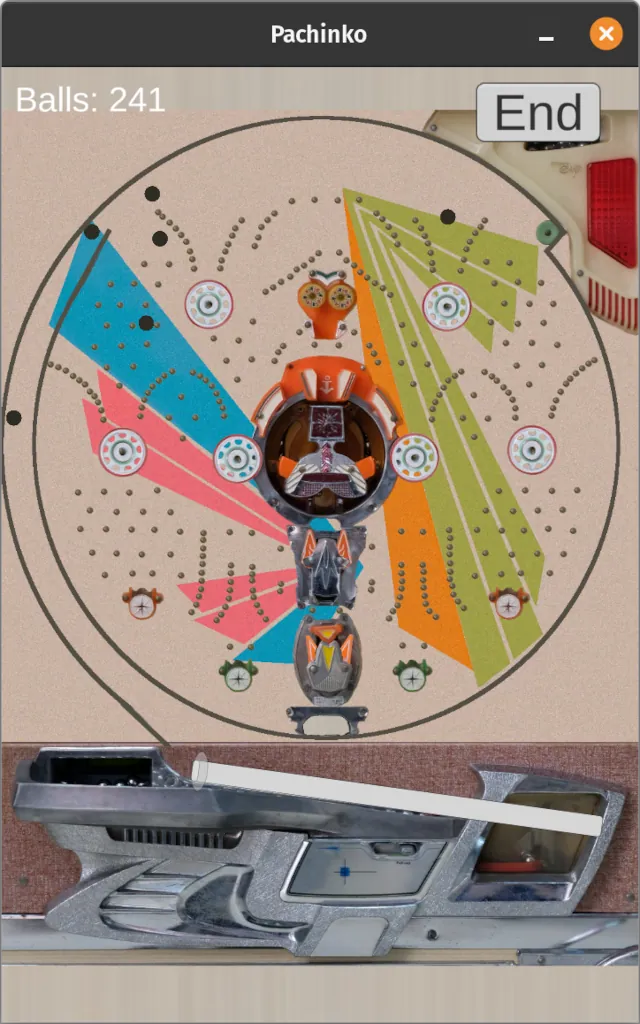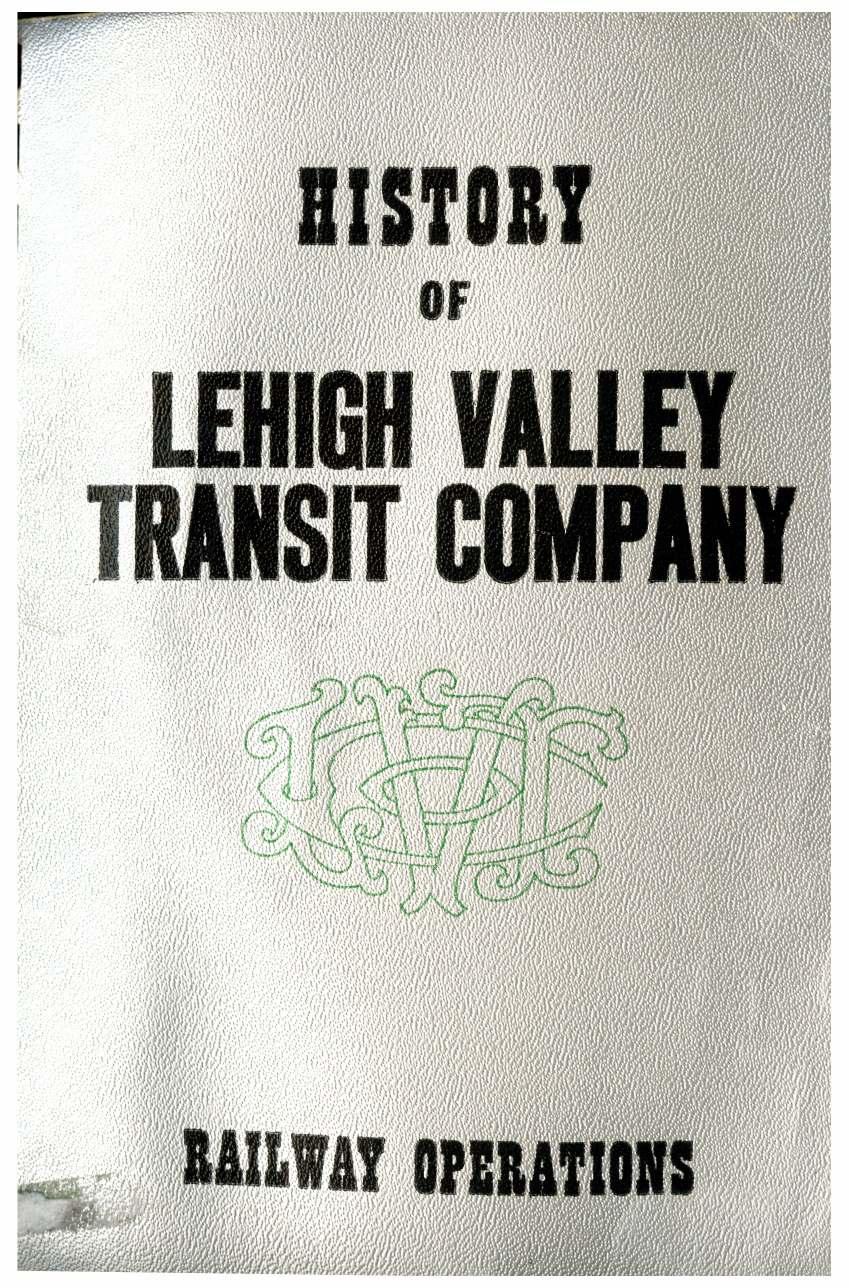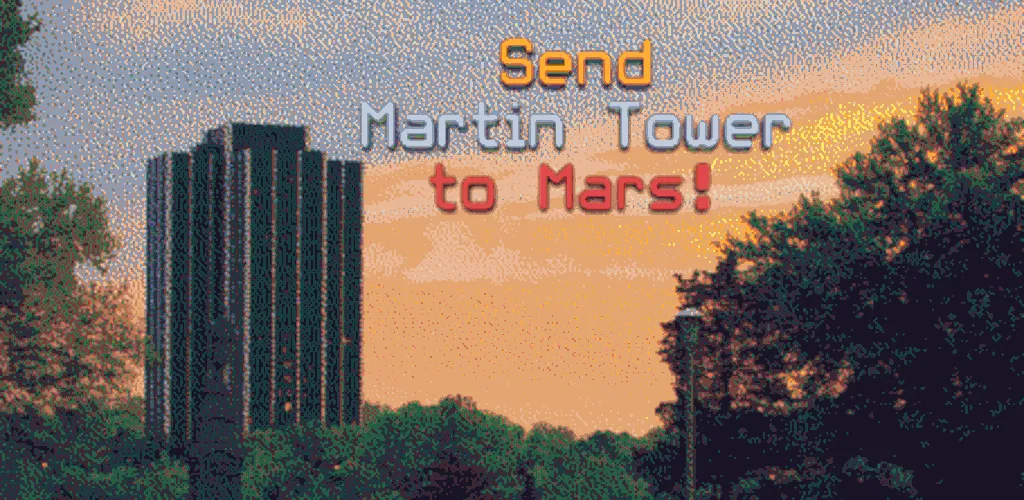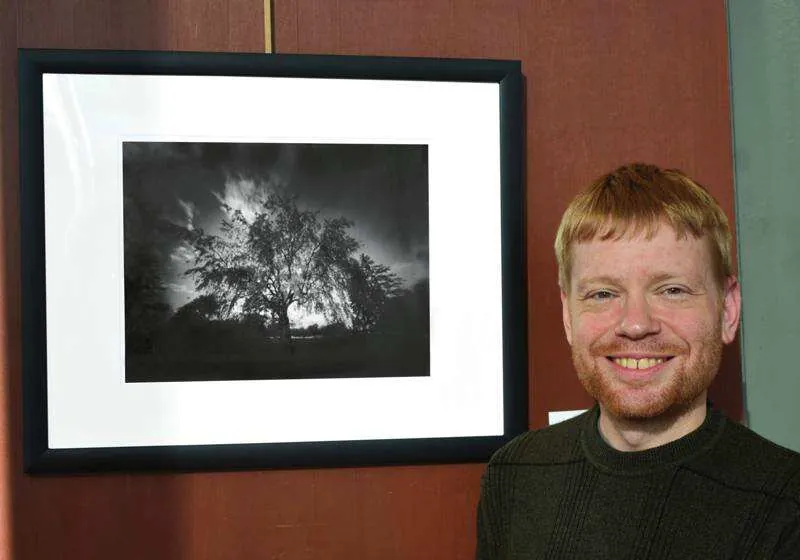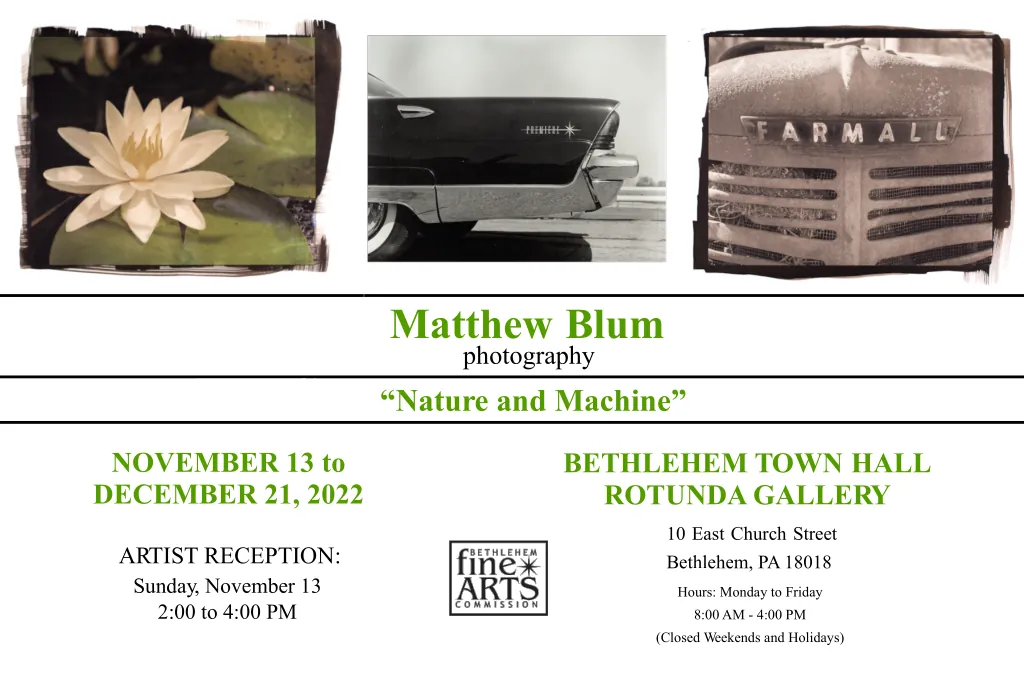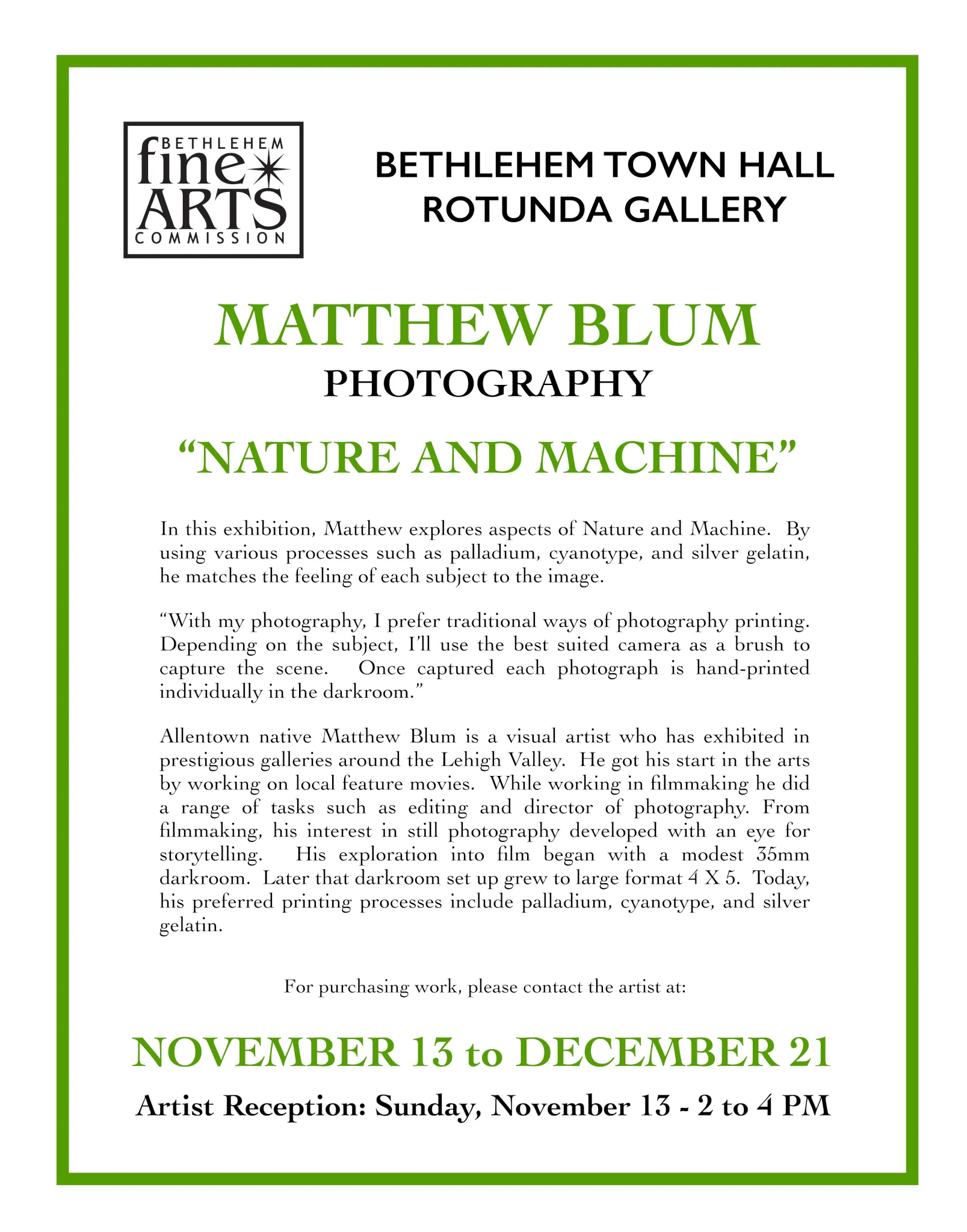Important Notes Before You Begin
- SQLite on DreamHost: SQLite may not work on DreamHost platforms. It’s recommended to use MySQL as your database backend for production environments.
- MySQL Client Installation: The mysqlclient library, a requirement for connecting Django to a MySQL database, won’t install unless Python is a custom installation. Ensure you follow the steps above to install a custom version of Python.
- Preferred Python Version: Django and Passenger tend to work best with Python 3.10. Make sure to install this version for optimal compatibility.
Setting Up MySQL Database
Follow these steps to set up a MySQL database for your Django project:
- Install MySQL: Ensure that MySQL is installed on your system. On most Linux distributions, you can install it using the package manager.
- Create a Database and User: Log in to MySQL and create a new database and user specifically for your Django project.
mysql -u root -p CREATE DATABASE mydatabase; CREATE USER 'mydatabaseuser'@'localhost' IDENTIFIED BY 'mypassword'; GRANT ALL PRIVILEGES ON mydatabase.* TO 'mydatabaseuser'@'localhost'; FLUSH PRIVILEGES; EXIT;
Download and Extract Python
Begin by downloading the Python package and extracting its contents.
cd ~ mkdir tmp cd tmp wget https://www.python.org/ftp/python/3.10.13/Python-3.10.13.tgz tar zxvf Python-3.10.13.tgz cd Python-3.10.1
Compile and Install
Configure the Python source code on your system and compile it. This step prepares Python for installation.
./configure --prefix=$HOME/opt/python-3.10.13 --enable-optimizations make make install
Update PATH
Ensure your system recognizes the custom Python version by updating the PATH environment variable.
echo "export PATH=$HOME/opt/python-3.10.13/bin:$PATH" >> ~/.bash_profile
Activate Python
Activate the new Python version and confirm the installation.
source ~/.bash_profile which python3
Install Pip and Virtualenv
Install Pip and Virtualenv to manage packages and environments.
python3 -m pip install --upgrade pip pip3 install virtualenv
Create a Virtual Environment
Set up a virtual environment for your Python projects to isolate dependencies.
cd ~/example.com virtualenv -p /home/username/opt/python-3.10.13/bin/python3 venv source venv/bin/activate
Install Django and Dependencies
Finally, install Django and any necessary dependencies like mysqlclient for your projects.
pip3 install Django pip3 install mysqlclient
Create the Project
Start a new Django project within the virtual environment.
cd ~/example.com source ~/example.com/venv/bin/activate python3 venv/bin/django-admin startproject projectname
Configure Passenger WSGI
Create a passenger_wsgi.py file in the top-level site directory with the following content to set up Passenger WSGI.
import sys, os INTERP = "/home/username/example.com/venv/bin/python3" if sys.executable != INTERP: os.execl(INTERP, INTERP, *sys.argv) cwd = os.getcwd() sys.path.append(cwd) sys.path.append(cwd + '/projectname') #You must add your project here sys.path.insert(0,cwd+'/venv/bin') sys.path.insert(0,cwd+'/venv/lib/python3.10/site-packages') os.environ['DJANGO_SETTINGS_MODULE'] = "projectname.settings" from django.core.wsgi import get_wsgi_application application = get_wsgi_application()
Edit Project Settings
Modify the Django project’s settings.py file to include necessary configurations.
ALLOWED_HOSTS = ['example.com' , 'www.example.com', 'localhost', '127.0.0.1']
DATABASES = {
'default': {
'ENGINE': 'django.db.backends.mysql',
'NAME': 'mydatabase',
'USER': 'mydatabaseuser',
'PASSWORD': 'mypassword',
'HOST': 'mysql.example.com',
'PORT': '3306',
}
}
STATIC_ROOT = '/home/username/example.com/public/static/'
Setup Static Files
Prepare the static files directory and collect all static files from your Django project.
cd ~/example.com/public mkdir static cd ~/example.com/projectname/ python3 manage.py collectstatic
Initialize Database
Run migrate to set up the database schema for your Django project.
python3 manage.py migrate
Create a Superuser
Create an administrative user for your Django project’s admin panel.
python3 manage.py createsuperuser
Notify Passenger on Changes
After any configuration change, notify Passenger by creating a restart.txt file in the /tmp directory.
mkdir tmp touch tmp/restart.txt

